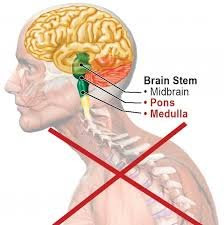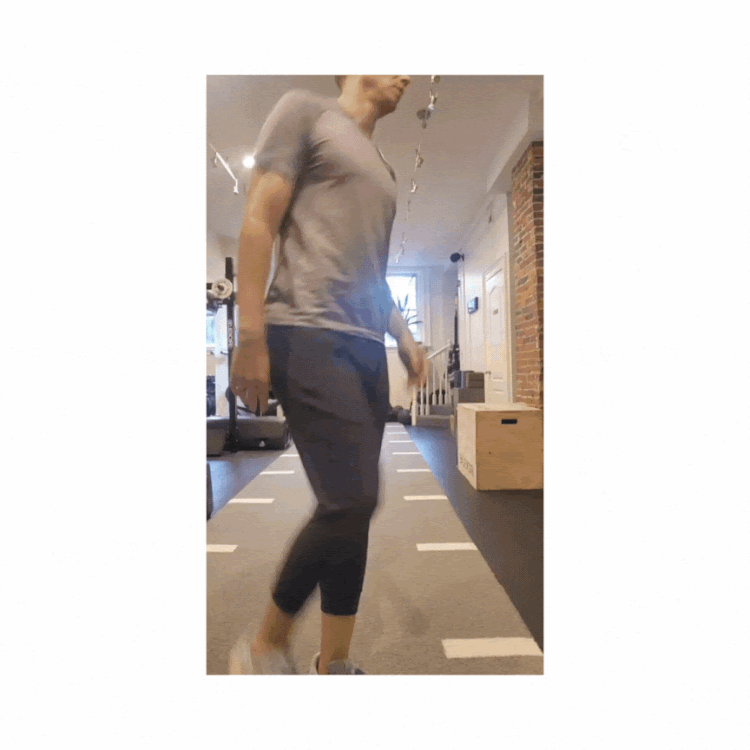We all walk. A lot. Some people walk over 10,000 steps per day. Learning how to walk well will undoubtedly improve your life.
Let’s do some math:
- You improve your gait efficiency by 1%
- You take 10,000 steps
- You’ve just improved by 10,000%
- That’s daily
Does improving 10,000% sound attractive? Walk with me.
PMRF gait

PMRF stands for ponto-medulary reticular formation. It is a part of the brain that controls reflexive muscle control, resting muscle tone, posture control , and (MOST IMPORTANTLY) it inhibits pain. When the PMRF isn’t functioning optimally gait reveals two things.
- Internal rotation at the shoulder (visible palms as they walk away).
- external rotation at the hips (toes point out).
The PMRF informs posture. It inhibits anterior (front) muscles above T6 (thoracic spine), and inhibits posterior musculature below T6. That’s why if it’s not working well your palms turn in and your feet turn out. Like this:

OK. So I walk like this…
This gait is extremely common. Now for the cool part.
If you walk with a PMRF gait (palms in, toes out) and you have any sort of chronic pain, or movement disfunction we can kickstart your PMRF for instant relief and better movement.
How do we do this? By moving joints on the OPPOSITE side of the body.
Come again?

Lets bring this back to walking.
We are contralateral bipeds. Thats a fancy way of saying as the left leg moves forward it is joined by the right arm (and vice versa). Left and right move together as we walk. They are coupled. Because they are constantly firing together movement on the one side of the body has an (oft inverted) effect on muscles near the coupled joint from the other side. Look above and you’ll see which joints are coupled together (knee/elbow, wrist/ankle). The PMRF plays an important role in signaling/coupling these joints.
Opposing Joint, opposing motion
If you’re walking in a PMRF gait and have a nagging pain on one side of the body, move the neurally coupled joint on the other side. You’ll likely experience better movement and less pain. Why? The increased firing of your PMRF is sending powerful signals to improve reflexive muscle tone and inhibit pain in the coupled joint.
Every joint in the body is coupled with one on the other side of the body. These joints are similar in function and their movement maps live closely together in the brain. Sore left ankle (green dot above)? Move your right wrist (also green dot). Try moving the ankle again. Chances are it will move and feel better. Same deal for the coupled joints mentioned in the graphic above. Work at this enough your PMRF will improve, your feet will straighten, your shoulders will roll back and your palms will turn neutral. Your walking just improved by a little more than 1%.
Your day by 10,000%.